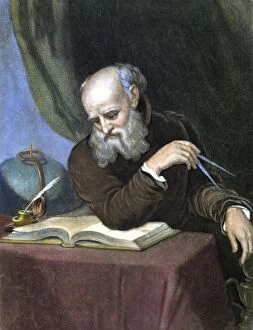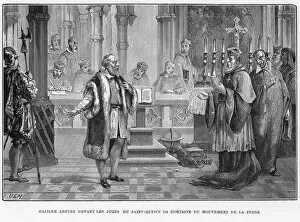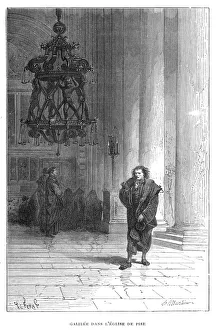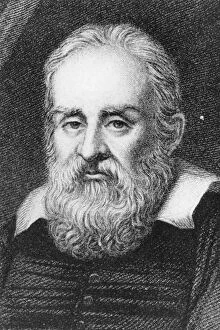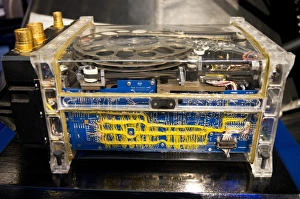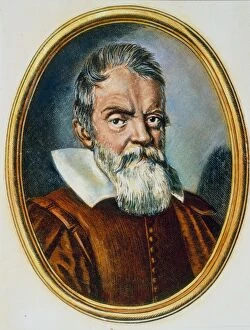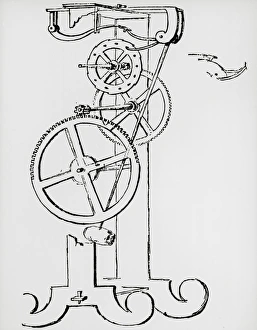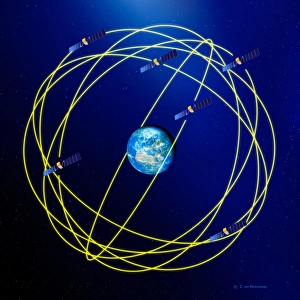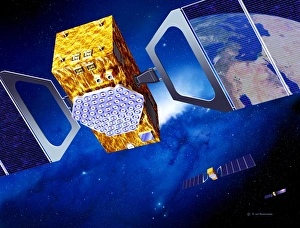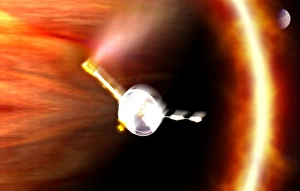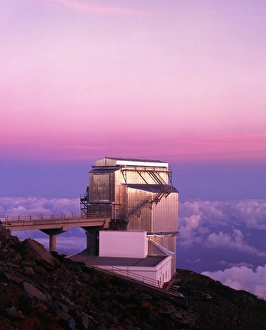Galileo Collection (page 7)
"Galileo: Unveiling the Mysteries of the Cosmos" In the vast realm of astronomy, one name stands out as a beacon of knowledge and discovery - Galileo
All Professionally Made to Order for Quick Shipping
"Galileo: Unveiling the Mysteries of the Cosmos" In the vast realm of astronomy, one name stands out as a beacon of knowledge and discovery - Galileo. This brilliant mind, often referred to as the "father of modern science, " revolutionized our understanding of the universe. Inspired by his predecessors like Carl Sagan, Galileo's contributions have left an indelible mark on humanity's quest for knowledge. Through his groundbreaking work with telescopes, Galileo unveiled secrets hidden within celestial bodies. His sketches in "The Starry Messenger" transported us to another world entirely - GALILEO: MOON. With meticulous precision, he captured the moon as he saw it through his telescope in 1610. These sketches not only amazed but also challenged existing beliefs about our place in the cosmos. Galileos Telescope became an instrument that bridged Earth and sky, allowing him to observe celestial wonders previously unseen by human eyes. It was through this lens that he discovered new moons orbiting Jupiter and witnessed Saturn's enigmatic rings for the first time. But it wasn't just distant planets that captivated Galileo; The Earth & Moon held a special fascination for him too. Through careful observation and analysis, he unraveled their intricate relationship and shed light on their shared journey around the sun. As we delve into history, portraits such as SUSTERMANS' depiction reveal a man whose brilliance radiated from within - Portrait captures both his intellect and determination to challenge conventional wisdom. Galileo Demonstrates his findings with unwavering conviction despite facing opposition from established authorities who feared disruption to prevailing dogmas. His courage paved the way for future scientific revolutions that would shape our understanding of reality itself. Even renowned poet John Milton recognized Galileo's genius during Miltons Italian tour when MILTON VISITED GALILEO in 1638-1639. Their meeting symbolizes how artistry intertwines with scientific inquiry, inspiring each other to push the boundaries of human knowledge.

